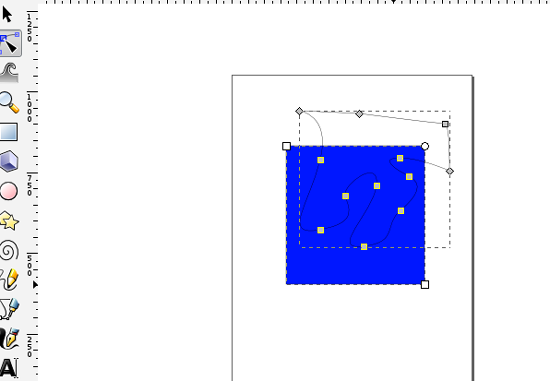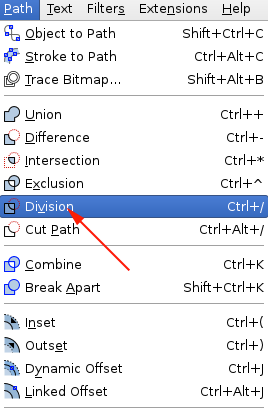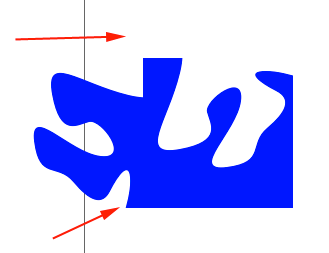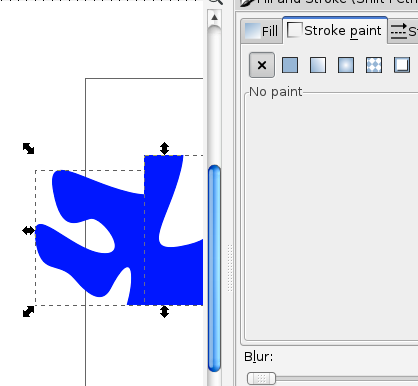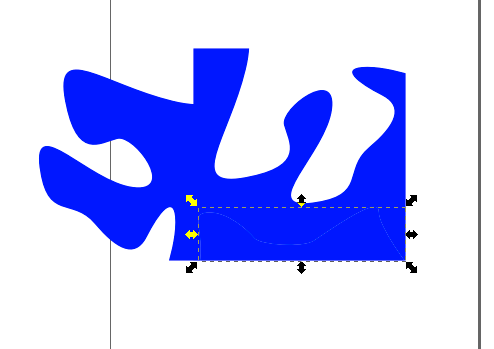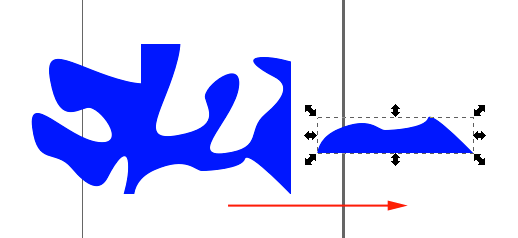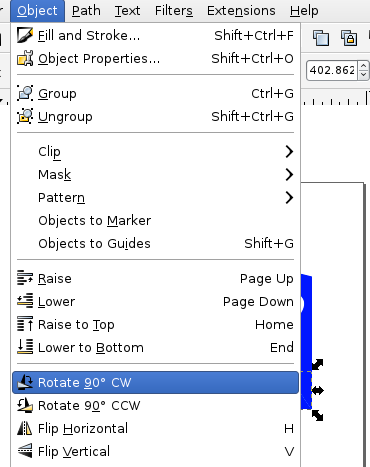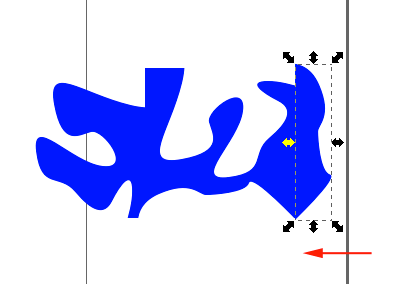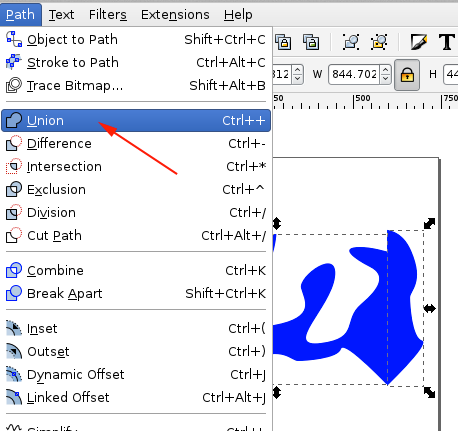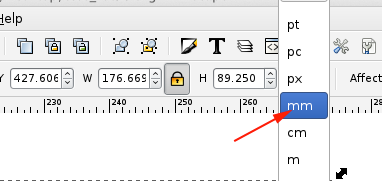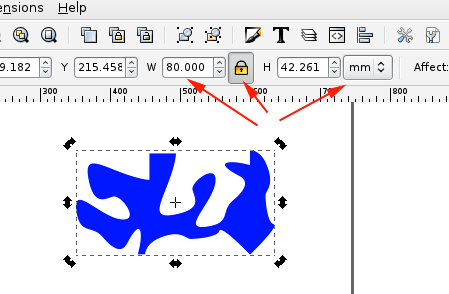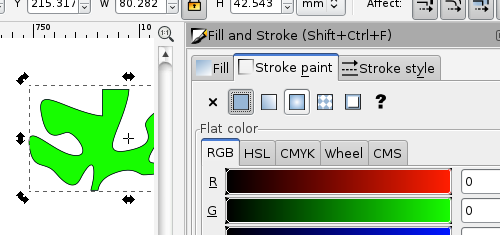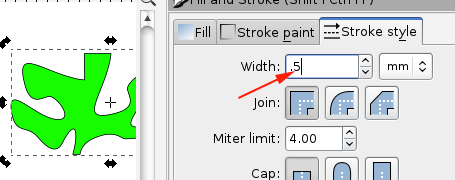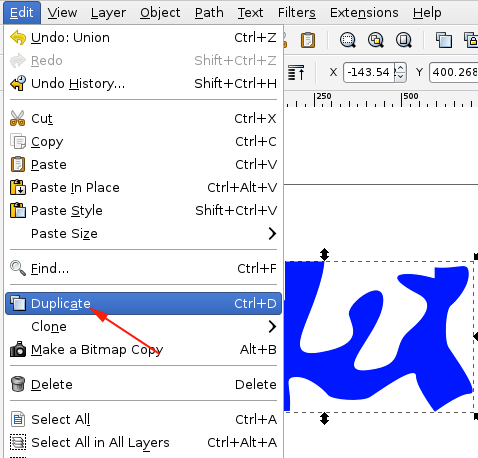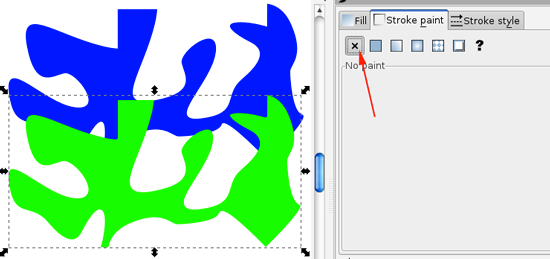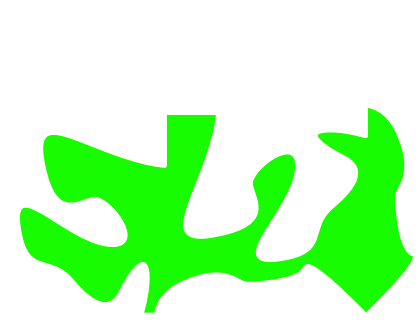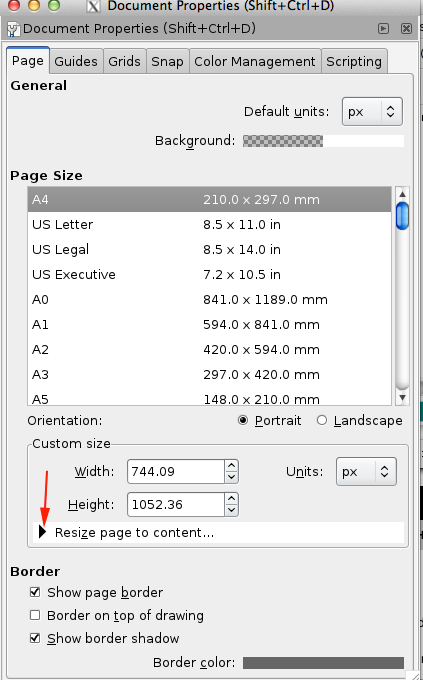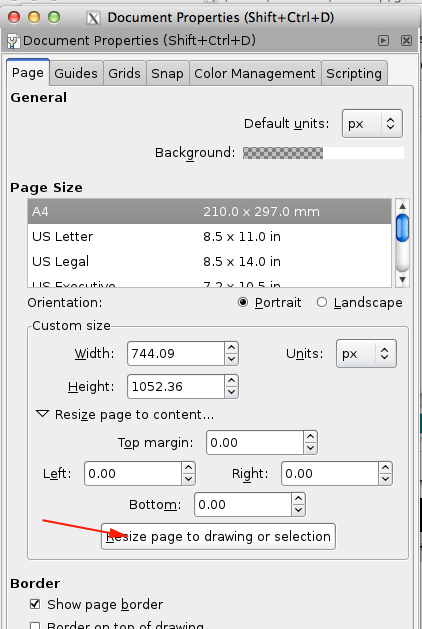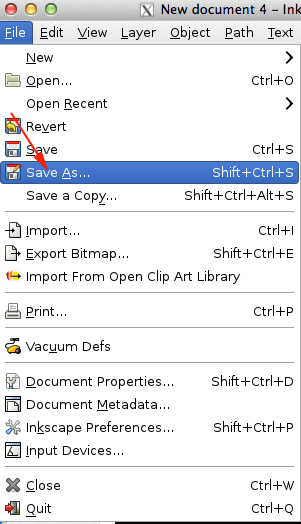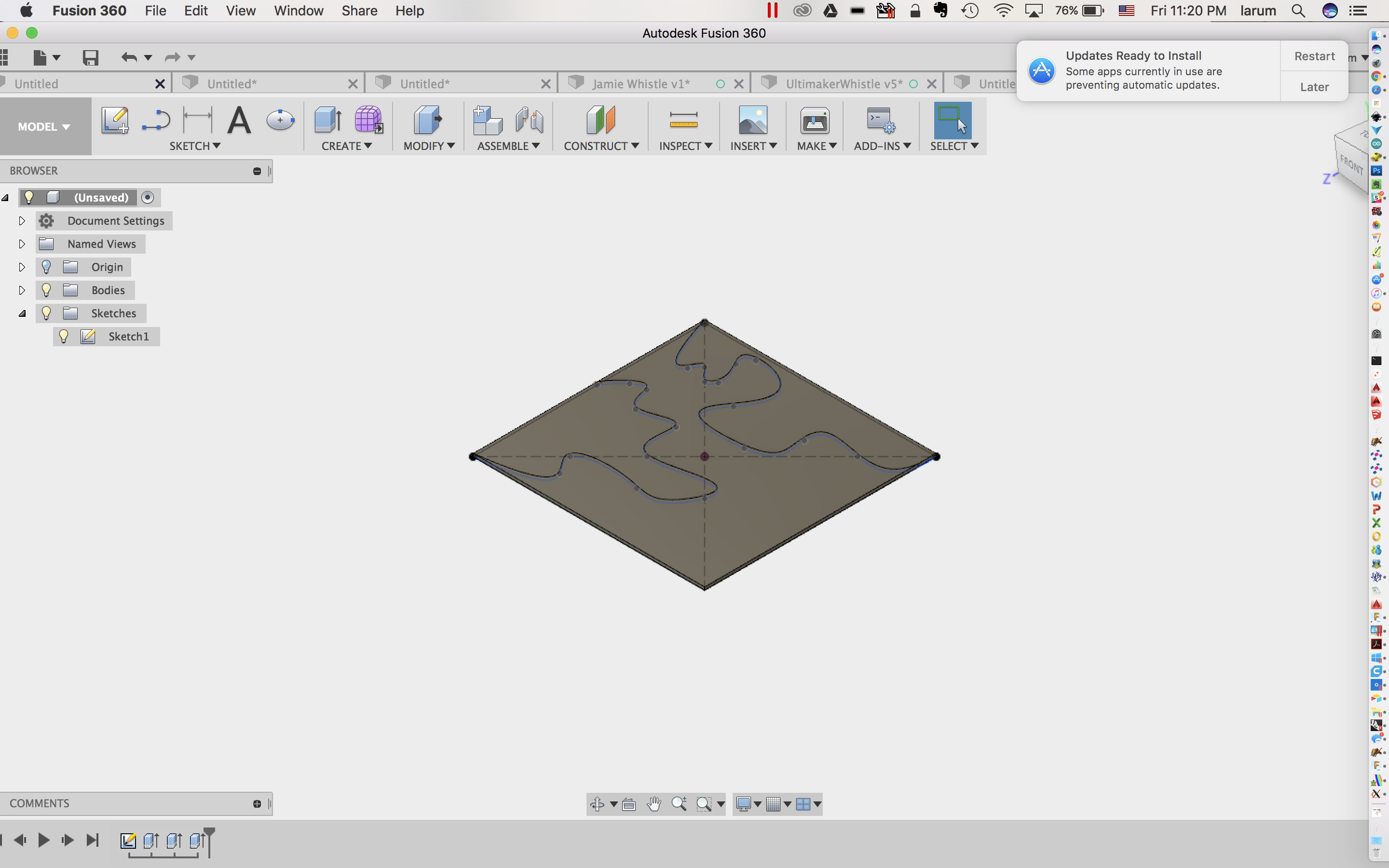Introduction
A tessellation, is a tiling of the plane with no gaps or overlaps. The most common tessellations today are floor tilings, using square, rectangular, hexagonal, or other shapes of ceramic tile, but other shapes can be tessellated.Translation
Take a nibble from the top and translate it down.Take a nibble from the left and translate it to the right.
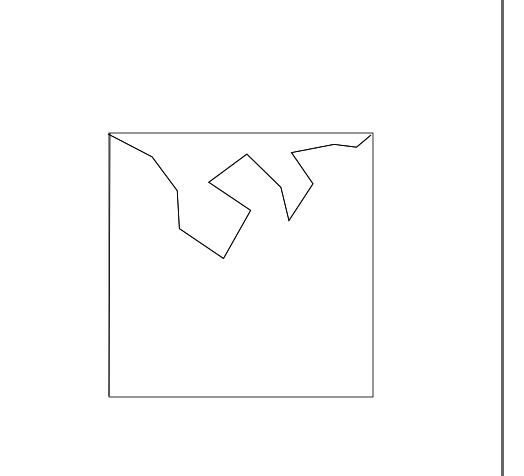
Rotation
Take a nibble from the top (constrain the nibble to the top half) and translate and rotate it CCW so that it fits along the right side.Take a nibble from the left and translate and rotate it CCW so that it fits along the bottom.
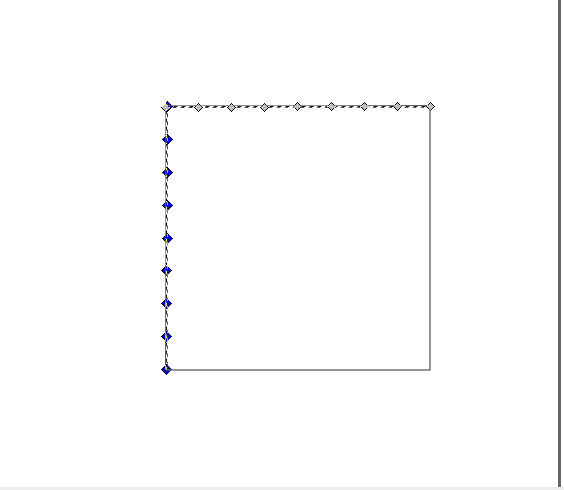
More challenging rotation
Start with a hexagon.Take a nibble from a side and translate and rotate it CCW so that it fits along the edge to the right.
Continue until all sides are covered
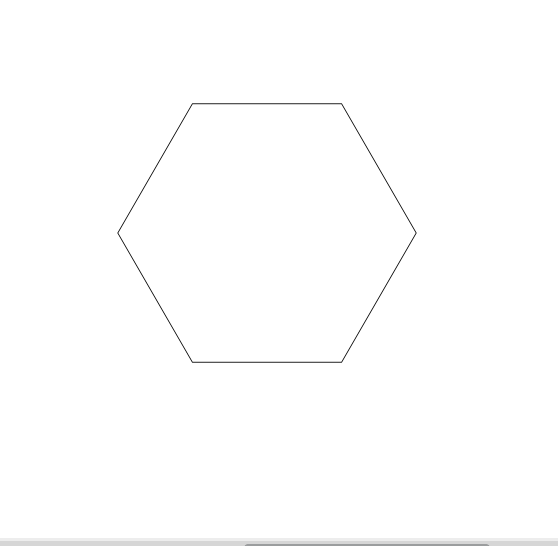 There is not one right way to do this project. It can be accomplished using a combination of commands. The goal is for you to break down the problem and use what might be the best series of commands to acheive your goal.
There is not one right way to do this project. It can be accomplished using a combination of commands. The goal is for you to break down the problem and use what might be the best series of commands to acheive your goal.
Once you have decided on the type of tile to construct and have created it, you'll need to create an offset. Why do you need an offset? A cylinder will not fit into a hole if they both have the same diameter. If you want a cylinder to fit snuggly into a hole make the diameter of the hole .4mm larger. If you want the cylinder to slide, make the hole at least .8mm larger. The offsets are known as tolerances and are determined by your printer. In order to create an offset, you'll need to have a continuous line or polyline.
